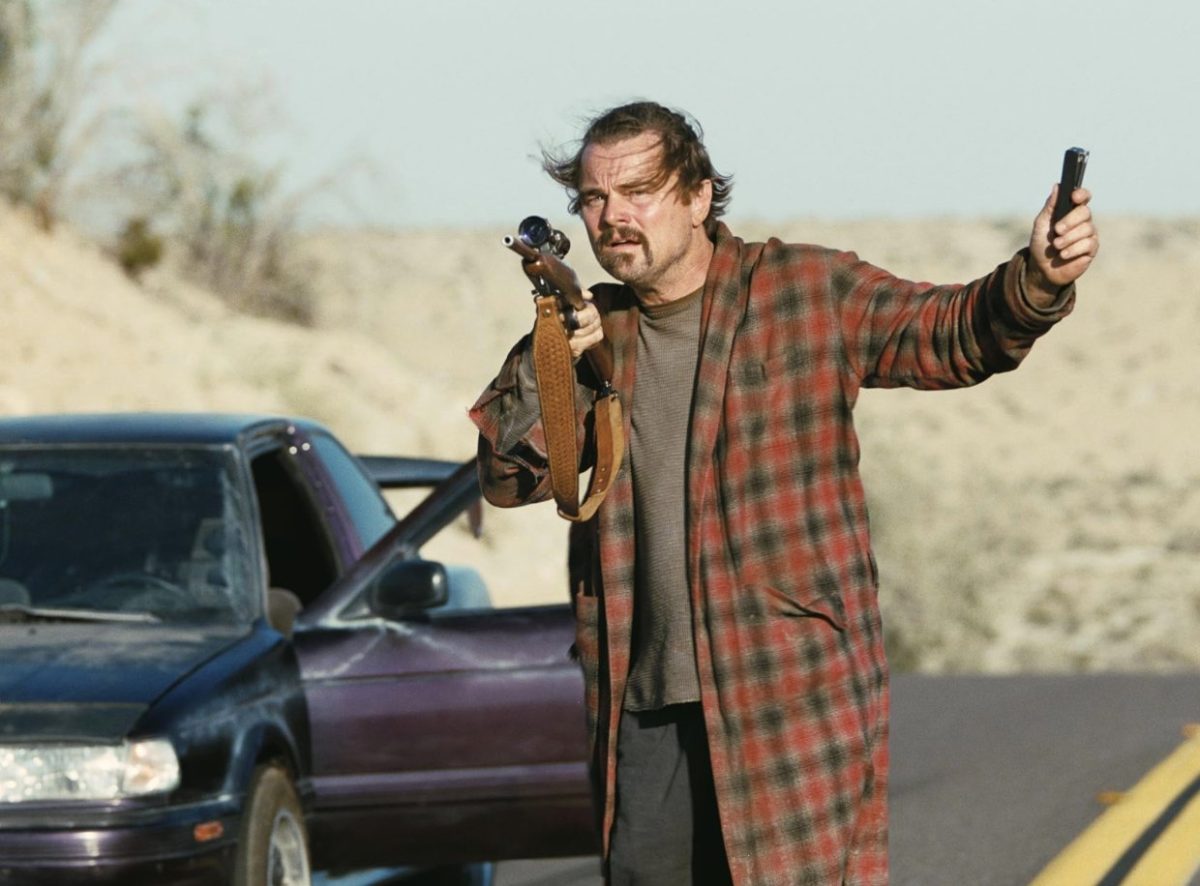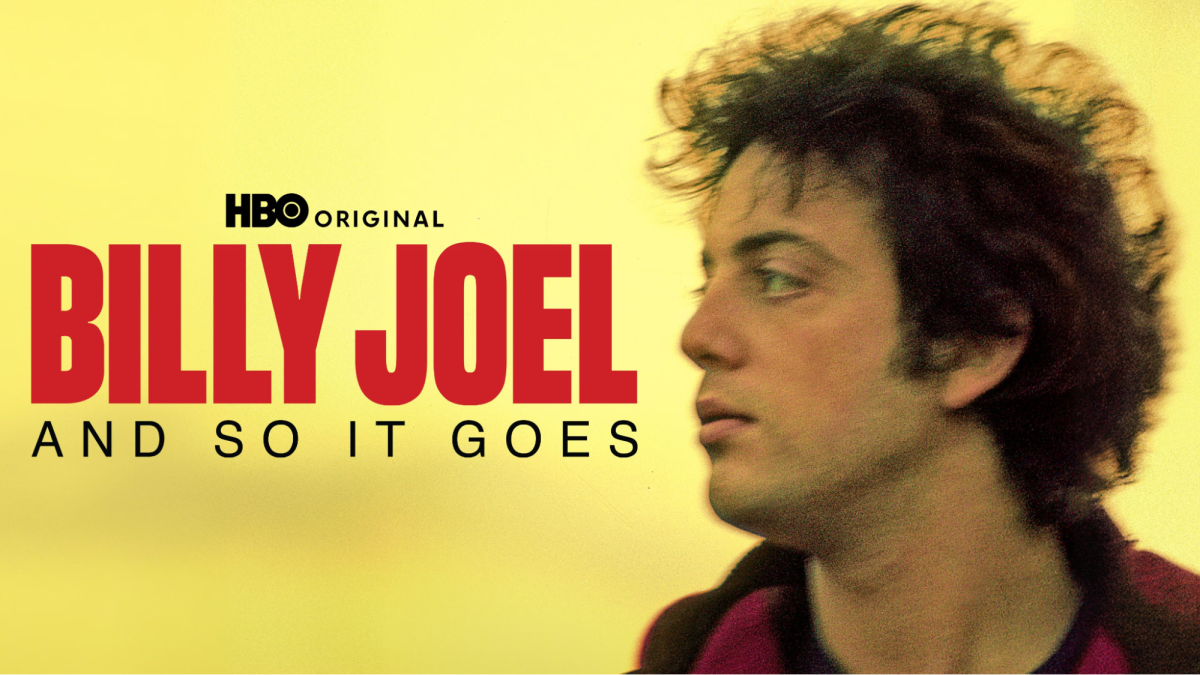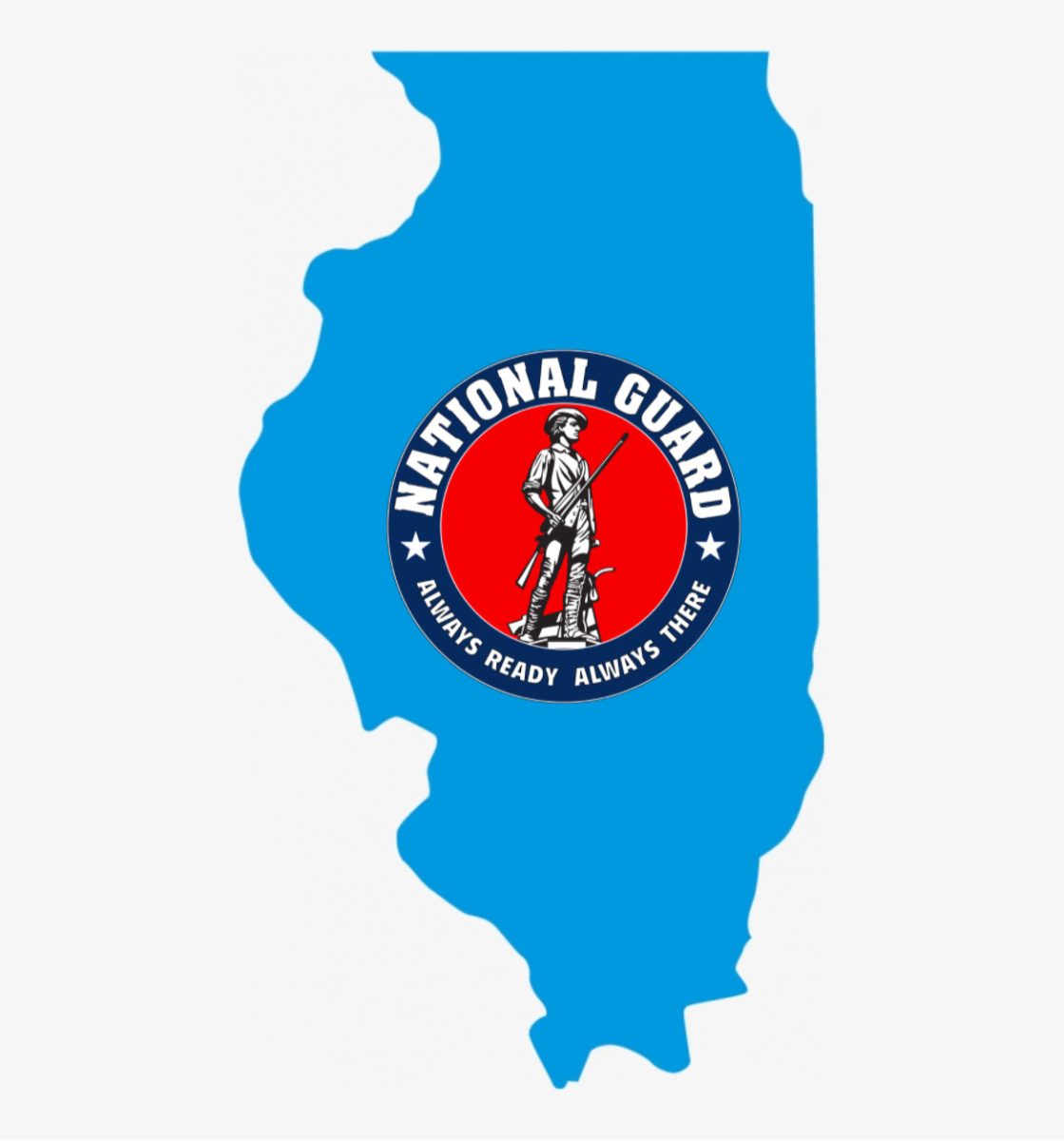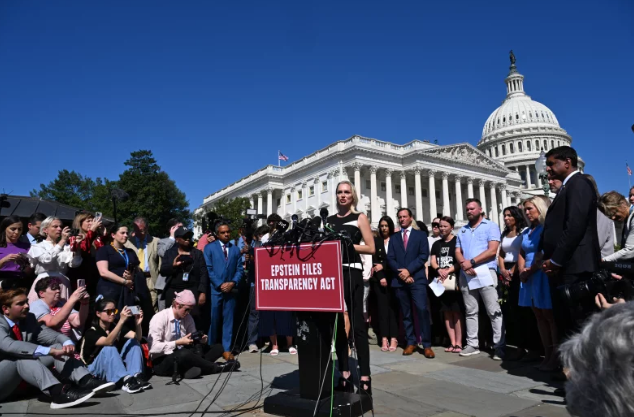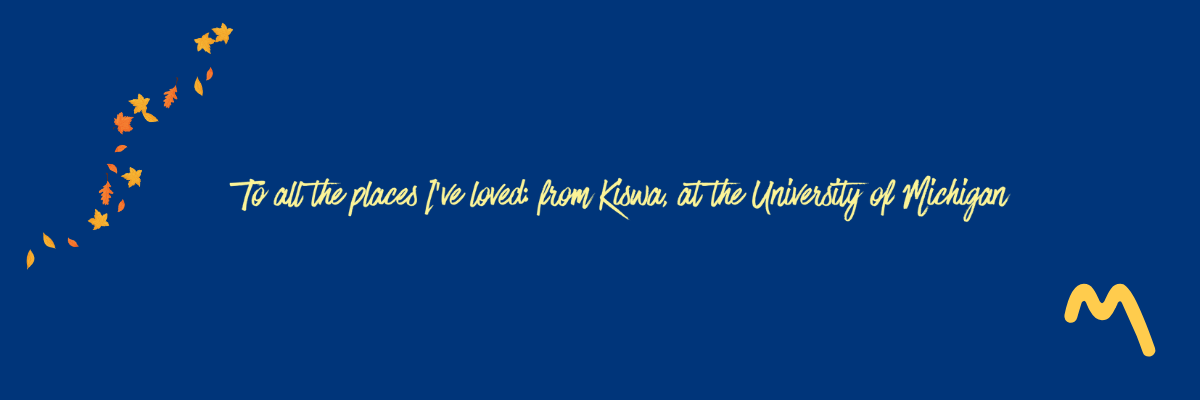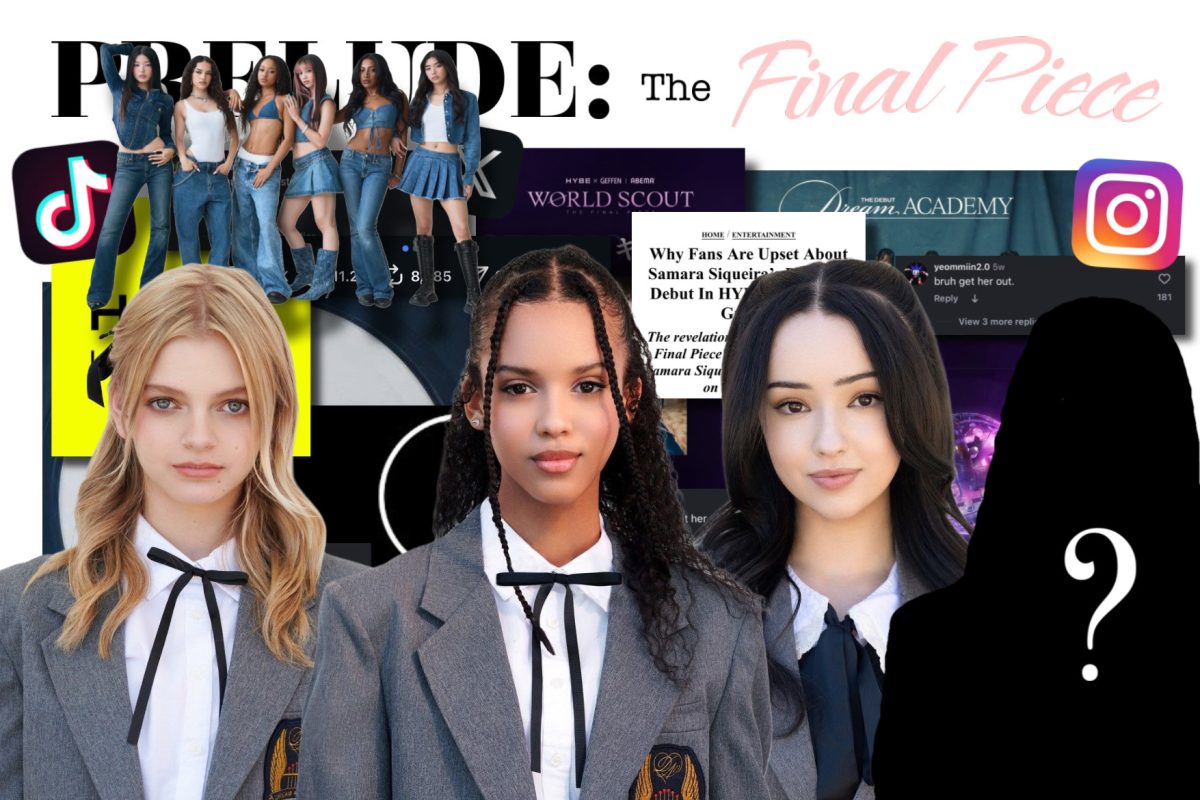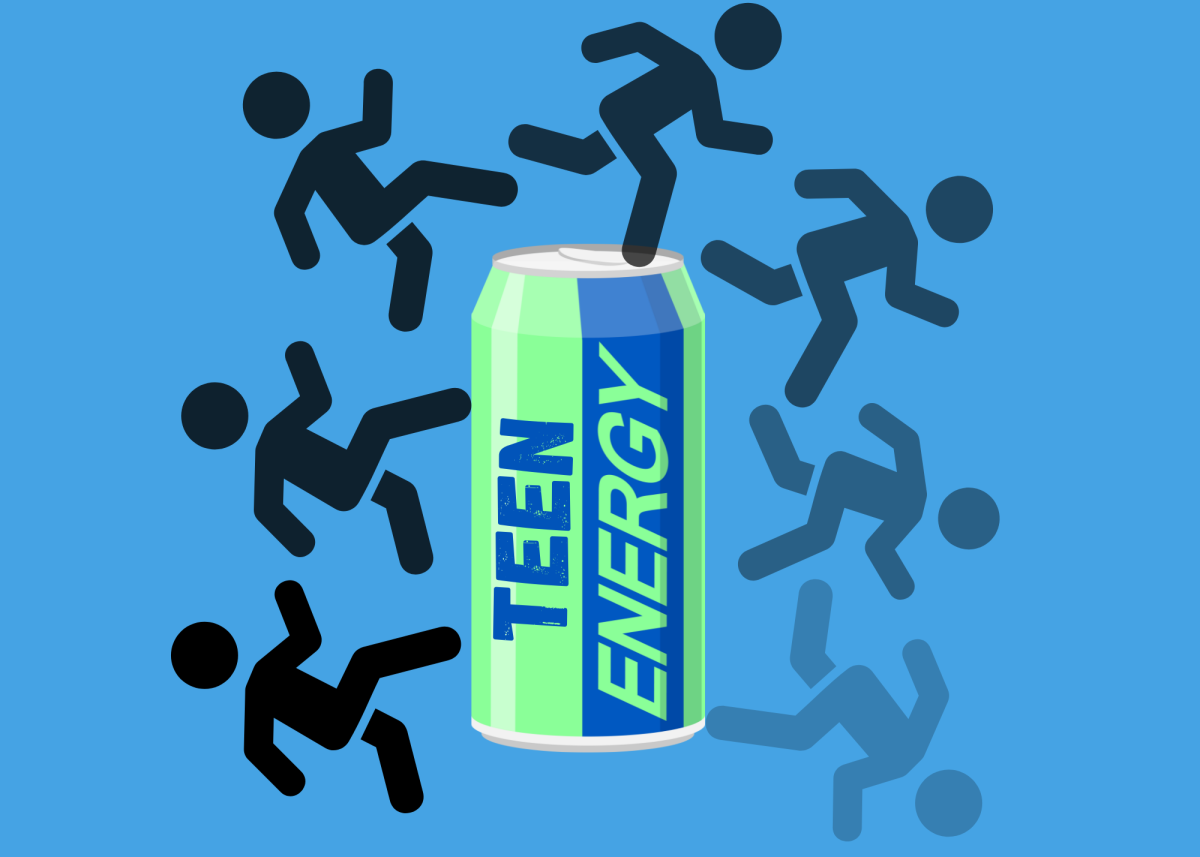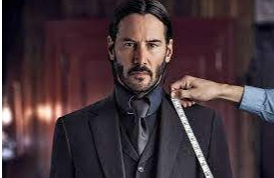
In 2024, American popular culture seems to be in the throes of a sort of antihero renaissance. In storytelling terms, an “antihero” is a character who has apparently noble goals, but less sympathetic personality traits, methods, or scruples. Most people probably hear this word and think of a violent vigilante who terrorizes the corrupt, like Batman at DC Comics. More expansively, your character can be overall law-abiding and decent, but also brusque and cold (think Wednesday Addams from Wednesday). Or there’s John Wick from the John Wick films–he leaves the bodies of countless criminals in his wake, but they were gangsters (and they killed his dog), so they sort of had it coming. Basically, an antihero isn’t exactly a good person, but they do want good things. The fact that I could fit three different antiheroic characters into this paragraph, confident that you would know who they were, speaks to how ubiquitous this mode of characterization has become.
Which wouldn’t be all that bad, if antiheroes weren’t sort of jerks.
To be fair, I love a good antihero as much as the next person. They might feel relatable or cathartic–a hero who seems as miserable about life as we might be, who takes a stand against corrupt politicians, unethical businesspeople, and other harmful figures who never face consequences for making others’ lives more difficult. Not being distinctly good or evil also makes antiheroes’ stories more dynamic and interesting. “With a hero, they’re most likely gonna make the right decision, with a villain, they’re most likely gonna make the wrong decision,” said junior Ainsley Flintz. “With an antihero, they could kind of go either way, and they kind of act based on, maybe their own beliefs, or what they think is best at a given time.”
But on the other hand, antiheroes can be antisocial. For example, I’ve been turned off by Wednesday and The Umbrella Academy, which both boast snarky, insult-slinging heroes in Wednesday and Number Five.
Nor are antiheroes always in the right. The Marvel Cinematic Universe, for example, features Tony Stark, aka Iron Man, who certainly has an antiheroic personality. Both brilliant and arrogant, Tony is genuinely concerned with Earth’s welfare, yet also convinced that he knows better than anyone how to save it. This arrogance backfires on both a global and a personal scale; his attempt to create a perfect guardian for humanity breeds the killer AI Ultron in Avengers: Age of Ultron, while his unwillingness to properly mentor Peter Parker in Spider-Man: Far From Home leaves Peter feeling alone and uncertain of how to prove himself to Tony for most of the movie.
But heroes can be imperfect without having to be grim or unlikable. In 2022’s Obi-Wan Kenobi TV series, Obi-Wan Kenobi faces his nemesis and ex-pupil, Darth Vader, who points out how Obi’s failures as a teacher-facilitated Vader’s downfall. But for all of that, Vader is the planet-destroying space fascist. By making Obi-Wan an imperfect hero, the series paints a thematic picture: evil is about committing to a life that disregards the needs and well-being of others, like Vader, rather than simply failing to be good at one point in your life, like Obi.
Alternatively, why not have the antihero change? If we return to Tony Stark, he eventually comes to understand that he has to choose selflessness over control in order to save the world. Batman/Bruce Wayne receives a similar epiphany in 2022’s The Batman. At first, Bruce punishes lawbreakers, until his battle with the Riddler exposes him to how laws and civic institutions can destroy people. Ultimately, Bruce takes a different tack, watching over Gotham City and helping it rebuild after a catastrophe.
Even when we need a hero who feels as frustrated with the world as we do, that hero does not have to lash out at the world. Antiheroes may be bad people who want good things, but it’s hard to make good things happen by being a bad person. Both antiheroes and standard heroes can be angry; the difference is in whether they choose to be defined by their anger, or to rise above it.


